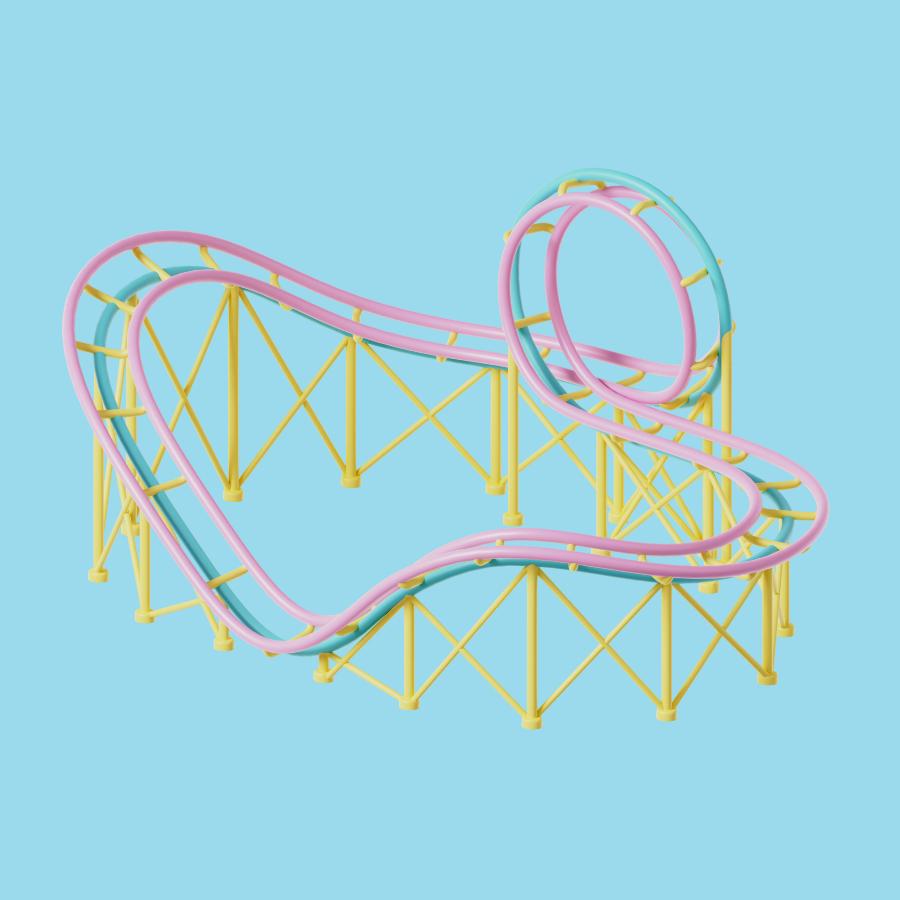Roller coasters are an exciting and popular form of entertainment. They come in various shapes and sizes, from towering steel monsters to small wooden structures. But have you ever wondered how these thrilling rides are designed, engineered, and constructed? In this article, we will explore the roller coaster design principles, the physics of roller coasters, and some of the major roller coaster construction companies.
Roller Coaster Design Principles
Roller coaster design principles involve several factors that designers must consider creating an exciting and safe ride. Some of the primary design principles include:
Height and speed – The height and speed of a roller coaster are two significant factors that influence the ride’s intensity. The higher the coaster and the faster it travels, the more intense the ride will be.
Track Design – Track design is another critical factor that influences the ride experience. The track can include various features such as drops, loops, corkscrews, and helixes, each providing a unique sensation to the riders.
Train Design – The train design plays a crucial role in rider comfort and safety. The cars must have safety restraints that keep the riders secure throughout the ride. They must also be designed to provide a smooth and comfortable ride experience.
Special Effects – Special effects such as sound effects, lighting, and visual effects can add an extra level of excitement to the ride.
The Physics of Roller Coasters
Roller coasters operate based on the principles of physics. The coaster’s energy comes from the potential energy it has at the top of the first hill, which then converts to kinetic energy as the coaster moves along the track. The coaster’s kinetic energy then transfers to other forms of energy as it travels through loops, corkscrews, and other elements.
In addition, the G-forces that riders experience are a significant aspect of roller coaster physics. G-forces are the forces that the rider’s experience as they move through the ride’s various elements. Positive G-forces push the riders into their seats, while negative G-forces pull them out of their seats. The amount of G-force riders experience depends on the coaster’s speed, track design, and other factors.
Roller Coaster Construction Companies
There are several major roller coaster construction companies that are responsible for building some of the world’s most thrilling and innovative coasters. Some of the leading roller coaster construction companies include:
Bolliger & Mabillard – Bolliger & Mabillard (B&M) is a Swiss roller coaster design and manufacturing company. They are known for their innovative and high-quality roller coasters such as the Fury 325 at Carowinds and the Diamondback at Kings Island.
Intamin – Intamin is a Swiss ride manufacturer known for creating some of the world’s most intense and thrilling roller coasters such as the Millennium Force at Cedar Point and the Top Thrill Dragster at Cedar Point.
Mack Rides – Mack Rides is a German ride manufacturer known for creating unique and innovative roller coasters such as the Blue Fire at Europa Park and the Time Traveler at Silver Dollar City.
Vekoma – Vekoma is a Dutch ride manufacturer known for their innovative track designs and unique coaster elements. Some of their most well-known coasters include the Expedition Everest at Disney’s Animal Kingdom and the Firehawk at Kings Island.
Roller coasters are exciting and thrilling rides that provide an excellent form of entertainment for people of all ages. The design and engineering of roller coasters involve a complex set of principles and considerations, yet they seem so easy when we are riding.



